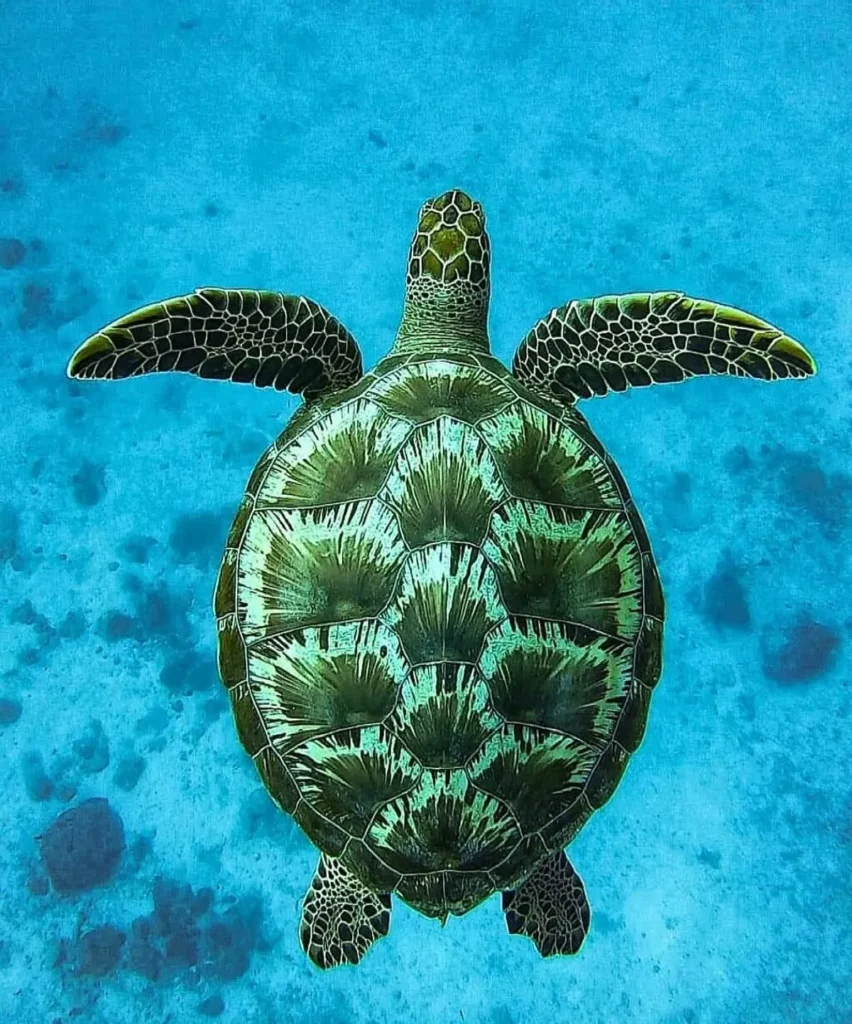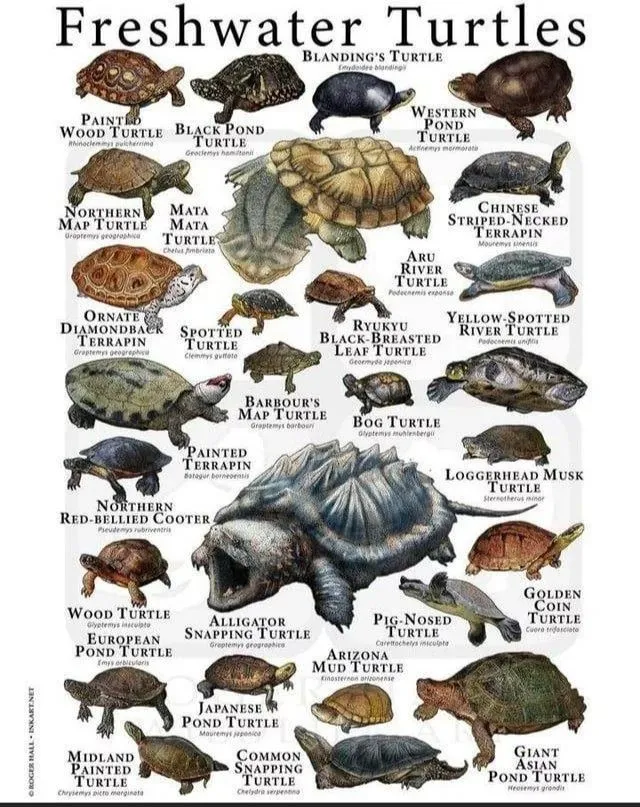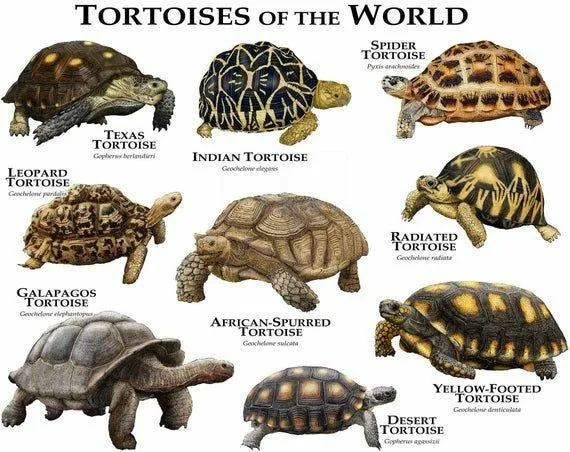Introductions on do turtles have scales?
Many people assume turtles, tortoises, and other reptiles are defined only by their shells, but my own field notes showed that their scaly skin and unique evolutionary history often draw more fascination. When you first handle one of these creatures, the contrast between the rigid outer scutes and the softer body beneath can be surprising. I once observed how habitats with different light and temperature affected a turtle’s thermoregulation, and this confirmed why scientists link scales to survival. In fact, my early curiosity began after reading how dinosaurs may share evolutionary connections with modern reptiles, and the turtle’s anatomy gave me a clearer perspective.
From a practitioner’s point of view, studying keratin layers on the scutes tells us far more than simply asking if these species have scales. I noticed patterns that resembled fingerprints, reinforcing how mystique around their appearance is built on small but important details. These ancient lineage traits reveal that both scales and shells operate together as a defensive and regulatory system. My personal experience handling juveniles showed that questions like “Do turtles have scales?” often open deeper discussions about their survival, anatomy, and the wider world of reptiles.

What Are Turtle Scales (Scutes)?
When I studied the structure of turtle scales, I realized that what most people call scales are actually scutes, built from keratin much like human nails and hair. These coverings appear across the shell and sometimes extend to the head, neck, or limbs, depending on the species. In practice, they offer essential protection and even play a role in thermoregulation when sunlight hits the plates. During fieldwork, I noticed subtle patterns on shells that serve almost like fingerprints, proving valuable in species identification and reminding me how much information is hidden in such small details.
It is not only function but also form that matters. Some reptiles display highly ornamented plates, while turtles rely on the overlapping design of scutes that ensure both covering and survival. Even the visual element, often seen as purely aesthetic, has its own role in camouflage and adaptation. The more I examined their body, the more I understood how these scutes reflect a long evolutionary refinement that keeps turtles resilient in different conditions.
Do Turtles Have Scales on Their Shells?
The carapace is the upper section of the shell, and I often observed how its scutes differ in size and strength compared to the plastron beneath. Both are made of bone, but the top tends to carry larger, more visible plates, while the lower part has smaller ones. The upper shell gives a first line of protection, while the plastron scutes shield vital organs closer to the body. Looking closely at the carapace scutes, I found that their arrangement is a key to identifying specific species and their condition.
In terms of durability, the keratin layer on these shells adds remarkable texture and strength, making them more resistant to predators or accidents. A healthy turtle with strong upper shell and bottom shell plates shows how evolution prioritized this adaptation. These scutes act not only as a barrier but also add durability and function that soft tissue could never provide. Through hands-on observation, I saw how the shell’s structural differences ensured balance between mobility and safety.

Do Turtles Have Scales on Their Head, Neck, and Limbs?
From my own encounters, I noticed that land turtles and tortoises often show fewer scutes around the head and neck, while sea turtles display finer protective scales in those areas. Their limbs and tail carry tough coverings too, although their appearance shifts depending on whether the species is terrestrial or aquatic. These differences reflect how each group of reptiles adapted their scaly skin to match distinct environments.
When I observed aquatic species, their coverings felt smoother and softer, reducing drag during swimming. In contrast, thicker coverings on land species act as natural defense in harsher climates. The distribution of scutes across these body parts helps balance both protection and function. Every encounter with these reptiles reminded me that each species shows variations suited to its lifestyle, proving that the turtle’s anatomy is far more complex than it looks at first glance.
How Do Turtles Shed Their Scutes?
Turtles undergo ecdysis, a process that fascinated me because it differs from how snakes shed. Instead of one uniform layer, their scutes come off in a patchy way. I’ve seen young turtles where growth forced the older layers to peel, leaving space for new scutes to replace them. This cycle ensures proper protection and maintains thermal balance, which is vital for healthy development.
In practice, shedding also appears after damage or when environmental stress like temperature, humidity, or diet changes affect the animal. I once examined a turtle recovering from shell injury, and the healing process accelerated when fresh scutes formed over weakened areas. For researchers, watching this kind of shedding shows the resilience of reptiles and how natural cycles secure long-term survival.

Why Are Turtle Scutes Important?
During my work with turtles, I saw how scutes serve as the first layer of protection against predators and physical damage. Their structure helps with thermoregulation, where they can absorb or reflect heat to regulate body conditions in cold-blooded animals. Without this function, turtles would depend entirely on external heat, which would make survival much harder.
I also noticed that scutes aid in camouflage within natural habitats, blending into textures or shadows while maintaining defense against threats. The patterns on each shell even help in species identification, making research and conservation more precise. In every situation, whether observing wild turtles or caring for them in captivity, the survival of these reptiles is deeply tied to the efficiency of their scutes.
Key Differences Between Turtle, Tortoise, and Terrapin Scales
From my direct comparisons, turtles that are mostly aquatic or living in freshwater show lighter structures with thinner, flatter shells and more flexible scutes. This design allows better movement in water, and I noticed how sea turtles could glide efficiently due to such traits. Their build reflects evolutionary adjustments for swimming speed and agility.
On the other hand, tortoises that thrive on land display much thicker, domed shells with tough scutes suited to dry terrain. Observing terrapins, which are semi-aquatic, made it clear they combine aspects of both groups. Their shells are moderate in structure, showing the shared background of the chelonian family while still adapting to mixed environments.

Evolutionary Link (Unique from Discover Magazine)
Research on turtle scales has revealed possible ties to dinosaurs, particularly in how their skin development followed patterns visible in both modern and ancient species. When I studied fossil samples, I noticed how preserved scutes resembled armor, similar to what is called reptile armor in paleontology. These insights provide direct links that help reconstruct the evolutionary story.
I also compared traits of modern turtles with ancient reptiles, where scientific evidence suggested continuity in the formation of protective layers. This evolutionary perspective highlights how turtles carry a living record of past adaptations, making their anatomy not just unique but also a bridge to understanding prehistoric life.
Conclusion
Through my observations, I found that turtles carry not just shells but highly specialized scales called scutes, formed of keratin. Their role in protection against threats is undeniable, ensuring long-term survival even in unpredictable conditions. I remember noting how regular growth and even healing after injuries relied on the steady renewal of these plates. For me, this confirmed that adaptability to the environment is built into their very structure.
Studying them in detail highlighted the evolutionary story of these creatures. Each feature, from the scaly plates to the layered design, reflects the complexity of their natural strategy. Handling these reptiles firsthand showed me how perfectly their defenses align with survival needs, leaving little doubt that scutes are central to their identity and success as a species.
FAQs on Do Turtles Have Scales
Q1. Do turtles really have scales or scutes?
Yes, turtles have scales known as scutes, made of keratin like human nails and hair. These hard plates cover the carapace and plastron, and sometimes the head, neck, and limbs.
Q2. What is the difference between turtle scales and scutes?
Scutes are specialized keratin plates, not soft skin scales like other reptiles. They overlap, providing protection, thermoregulation, and species identification.
Q3. Do turtles have scales on their shells?
Yes. The carapace scutes on the top shell are larger and more visible, while plastron scutes underneath are smaller, protecting vital internal organs.
Q4. Do turtles have scales on their head, neck, and limbs?
Sea turtles have small protective scales on the head and neck. Land turtles and tortoises have thicker scaly coverings on their limbs and tail, while aquatic species keep them smoother for efficient swimming.
Q5. Why do turtles shed their scutes?
Turtles shed scutes through ecdysis. Shedding happens for growth, healing after damage, or as a response to environmental stress such as temperature, humidity, or diet changes.
Q6. How are turtle scutes important for survival?
Scutes provide protection against predators and physical damage, regulate heat in cold-blooded turtles by absorbing or reflecting sunlight, and help with camouflage in natural habitats.
Q7. What are the differences between turtle, tortoise, and terrapin scales?
- Turtles: Aquatic, thin, flexible scutes, flatter shells for freshwater or ocean life.
- Tortoises: Terrestrial, thicker domed shells with tough scutes for dry land.
- Terrapins: Semi-aquatic, with moderate shell structures, part of the chelonian family.
Q8. What is the evolutionary link between turtle scales and dinosaurs?
Research shows turtle scales may share origins with dinosaurs. Fossil evidence of scutes and reptile armor suggests similar skin development and formation in ancient reptiles and modern turtles.
Q9. What material makes up turtle scutes?
They are made of keratin, the same protein found in nails and hair, giving them durability and resistance.
Q10. Can scute patterns help identify turtle species?
Yes, the patterns and arrangement of scutes act like fingerprints for species identification, useful for conservation and research.
Q11. Do scutes help with turtle thermoregulation?
Yes, scutes help absorb or reflect heat, maintaining biological temperature balance for these cold-blooded reptiles.
Q12. Are scutes cosmetic or functional?
While scutes add an aesthetic appearance, they are functional for survival, defense, camouflage, and maintaining shell durability.
Q13. How do aquatic and land turtles differ in their scaly coverings?
Aquatic turtles have softer, smoother coverings reducing drag in water, while tortoises have thicker scutes on their limbs for stronger defense on land.
Q14. Can turtles survive without scutes?
No, scutes are vital for survival, ensuring growth, healing, adaptation, and protection across different environments.
Pingback: Do All Turtles Have Claws? 7 Amazing Facts & Differences